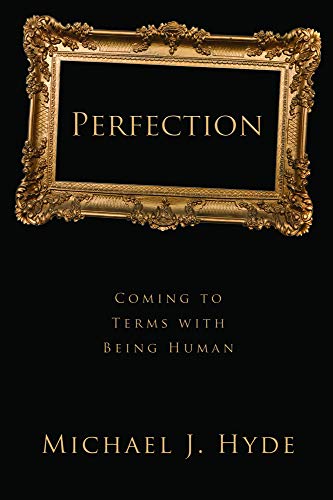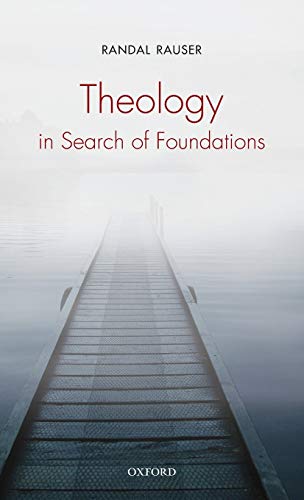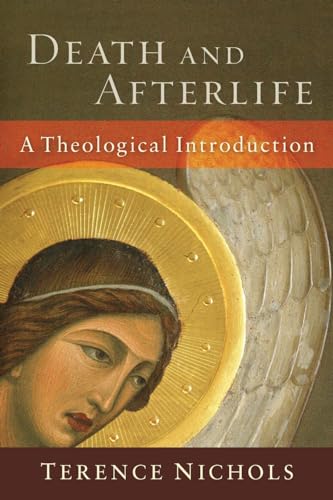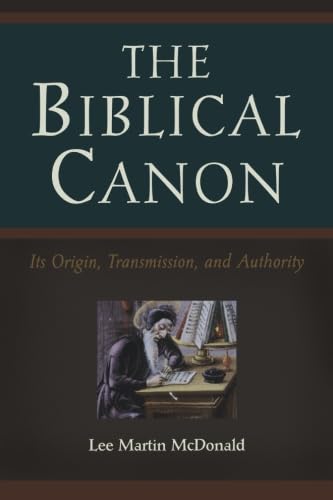No one doubts the importance of the apostle Paul to Christianity. The question many scholars raise, however, is which Paul is the most authentic: the Paul of the epistles or the Paul of Acts? This “Search for the Historical Paul” looks at both the letters of the apostle and the accounts of his ministry recorded by Luke and puzzles over which reflects the most accurate representation of the great apostle. Are these two Pauls the same? Are they very different? If different, can these Pauls be reconciled?
It is to these and other similar questions that Thomas Phillips devotes his energy and analysis in this volume. A significant contribution to the Library of Pauline Studies, Phillips, Professor of New Testament and Early Christian Studies at Point Loma Nazarene University in San Diego, sets out to investigate how the Paul of the letters and the Paul of Acts relate to each other. Phillips describes the central project of this volume as having two aspects: first, “to help interpreters to understand—and perhaps establish for themselves—the lines of demarcation between the Paul of Acts and the Paul of the letters. Second … [to] help interpreters to compare the ‘Paul’ on each side of these lines of demarcation” (p. 2). As Phillips approaches his task, he wants to bridge Acts and the letters, taking into account twin towers that suspend his bridge: “the recognition of Paul’s split personality within contemporary biblical scholarship and the importance of the apostolic conference in Jerusalem” (p. 2, emphasis his).
Phillips divides the book into six chapters. The first chapter, “The Plurality of Plausible Pauls,” surveys the work of Bruce Chilton and compares it to that of John Dominic Crossan and Jonathan L. Reed. These authors present us with two divergent views of Paul based on the principle that Chilton is willing to accord more weight to the accounts reported in Acts. Crossan and Reed, on the other hand, “severely restrict their use of Acts as a source for reconstructing Paul’s life, and the resulting Paul does, by design, look significantly different from the Paul of Acts” (p. 27).
In the second chapter, Phillips examines the roots of Paul’s split personality in biblical scholarship and finds them in the work of Ferdinand Christian Baur in the nineteenth century and then that of John Knox and Philipp Vielhauer in the twentieth. Phillips concludes this chapter with his own methodological proposal based upon four principles: “1) independent inquiry into Acts and the letters; 2) intentional separation of Paul’s life and thought; 3) conscious focus upon lesser data sets; 4) and disciplined comparison moving from the lesser data sets to the great data sets” (p. 47).
Following this method, the remaining chapters of the work begin with an introduction, a survey of the Pauline data set (taken from the seven uncontested epistles), a survey of the Acts data set, and a comparison of the two data sets. With this method in place, Phillips spends the remainder of this work carrying out his plan with regard to four areas of Paul’s life. First, chapter 3 surveys the chronological challenges involved in coordinating the data from Paul’s epistles and Acts. One of the key questions revolves around Paul’s trips to Jerusalem. Galatians records two visits while Acts records five. Which Galatians visits correspond to which Acts visits?
Chapter 4 looks at Paul’s relationship to the Greco-Roman world. Here Phillips examines the topics of Paul’s family, his educational background, his identity as a Jew, his vocation, and finally his political status, or how did Paul see himself in relation to the Roman Empire?
Chapter 5 seeks to define Paul’s place in the church, in particular his relationship to those who participated in the Jerusalem conference of Acts 15. Here Phillips examines the references in Paul and Acts to five key individuals: the three leaders of the Jerusalem church (Peter, James, and John) and two of Paul’s co-missionaries (Barnabas and Titus).
The final chapter looks at other individuals who were a part of the Pauline churches. Here Phillips groups them in two broad categories of Paul’s associates and converts and then focuses on one individual, Apollos.
The data from these four chapters is extensive and, as a result, the important details and various possible constructions are too numerous to survey in a brief review. In the conclusion, however, Phillips, who has not committed himself clearly in the earlier chapters, finally tells the reader the decisions he has reached. First, he regards the relationship of Gal 2 to Acts 15 to be the primary issue in relating the Paul of the epistles and the Paul of Acts (pp. 191–92). Second, he contends “that the primary effect of critical scholarship’s strong tendency to separate the Paul of Acts from the Paul of the letters has been to create an ‘historical Paul’ (the Paul of the letters) who needed to be rehabilitated by Acts if he was to be accepted in the post Pauline churches” (p. 194). In the end, Phillips believes “that the Paul of Acts is indeed a rehabilitated version of the Paul of the letters, a Paul who was recast in terms more attractive to the church of the late first or early second century” (p. 197).
Paul, His Letters, and Acts demonstrates extensive research. Phillips has interacted with a broad range of Pauline scholars (as his footnotes attest), and this is helpful. He raises key issues and questions that every serious interpreter of Paul must consider. His conclusion, however, is unsatisfactory. It portrays Luke as being more interested in an apology for Paul than a record of history. It is not impossible for Luke to be interested in both, but it appears that Phillips believes Luke has shifted the facts to suit his purpose. This conclusion is unsatisfactory, not only because it is incompatible with Scripture’s inerrancy, but it is also not consistent with Luke’s stated purpose. Luke wrote his two-volume work so that Theophilus “may have certainty concerning the things [he had] been taught” (Luke 1:4). Luke could hardly provide certainty and assurance if he manipulated his facts to suit a literary purpose.
Phillips’s work suffers from other weaknesses as well. If one wishes to advance a thesis that a wide range of scholars will read, then limiting the Pauline data set to the seven undisputed letters of Paul is probably the safe way to go. This approach, however, leaves the reader without a comprehensive view of the Paul of the NT. The Pauline data set is much larger than Phillips is willing to consider in this work. Another evident weakness is his argument from silence that Silas had a “disdain for Paul’s law-free inclusion of the Gentiles” (p. 185). Phillips also finds it difficult to reconcile Paul’s circumcision of Timothy in Acts with his statements to the Galatians that if they allowed themselves to be circumcised, Christ would be of no profit to them (Gal 5:2) (p. 186). These two accounts are difficult to reconcile only if one fails to take into account the context and purpose of each statement.
NT students will find this volume helpful to lay out basic issues of the life of Paul and the difficulties that arise in coordinating the data from the apostle’s letters and Luke’s accounts in Acts. No one denies that difficulties exist, but Phillips’s conclusion proves unsatisfactory and incompatible with a high view of Scripture and implausible in light of Luke’s stated purpose.
Rhett Dodson
Grace Presbyterian Church (PCA)
Hudson, Ohio, USA
Other Articles in this Issue
Most of our readers are theological students and pastors...
The Dazzling Darkness of God’s Triune Love: Introducing Evangelicals to the Theology of Hans Urs von Balthasar
by Stephen M. GarrettJürgen Moltmann observes that Christian theology and the Church face “a double crisis: the crisis of relevance and the crisis of identity...
Plots, Themes, and Responsibilities: The Search for a Center of Biblical Theology Reexamined
by Daniel J. BrendselIn the prolegomena to his “approach to biblical theology,” Charles H...
Since the mid-twentieth century biblical scholars have increasingly accepted that the texts of the Bible must be interpreted in terms of their literary genres...
The present age tends to regard polemics, theological controversies, and all-round doctrinal fisticuffs as, at best, a necessary evil, at worst, one of the most revolting aspects of Christianity...







